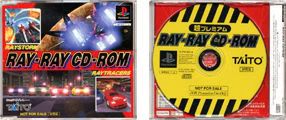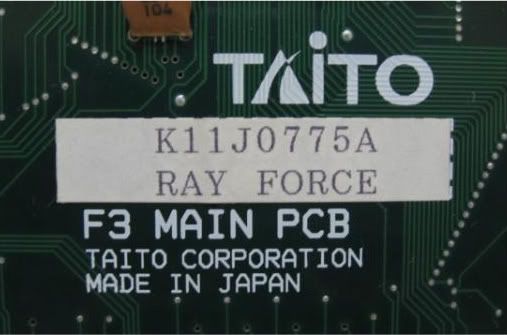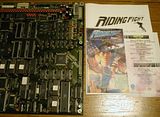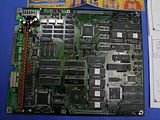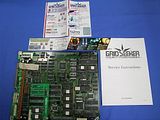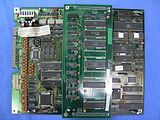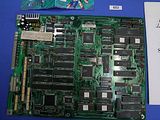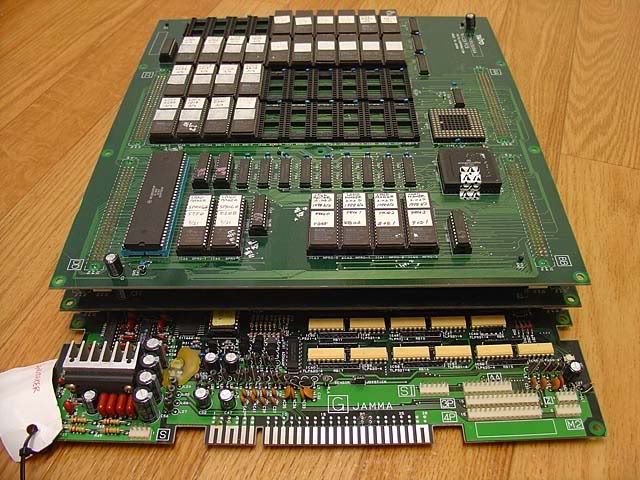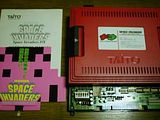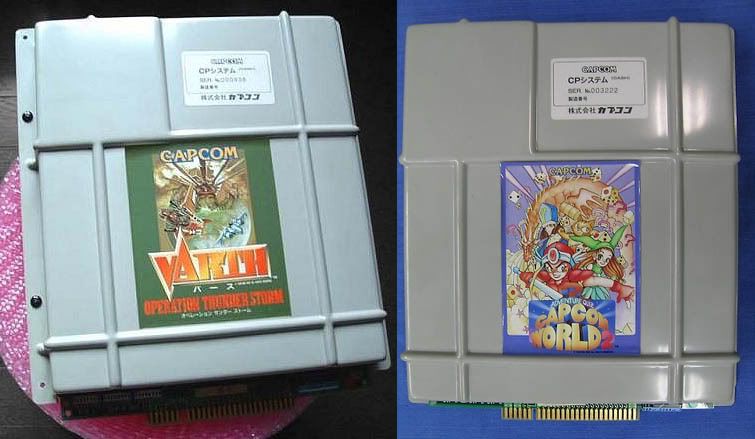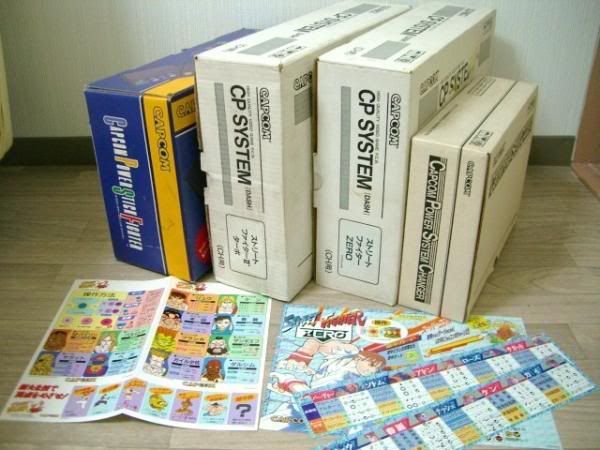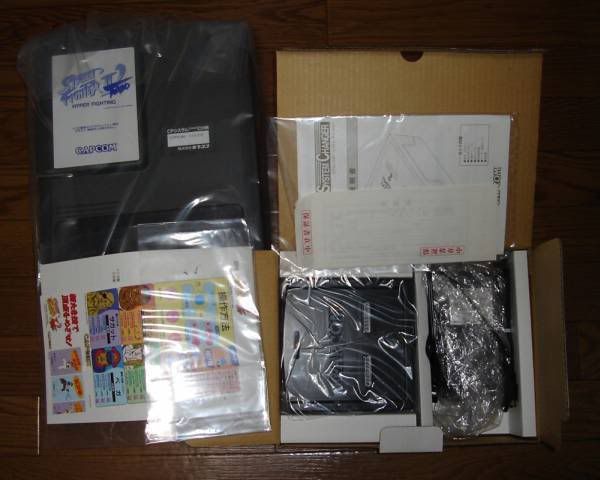The net is flooded with (horrid) information about how to fix your XBOX 360's
RROD, yet I've never come across any extensive articles about preventing failure. If you are like me and have a working 360, but are worried about it, this article is definitely for you.
So, why not wait until your system RROD's to deal with it? Procedures like the "x-clamp fix" may get your system going again, but they are
terrifying from an electro-mechanical standpoint. Avoiding the problem altogether is the hardware-safe and intelligent solution. Preventing overheating will take care of the majority of would-be RROD's, but there are various sources for the problem of overheating. One problem is simply poor ventilation, but a sorely overlooked issue is the poor heat sink mounting of the XBOX 360.
Poor Heat Sink Mounting
In this section I'd like to compare traditional PC CPU heat sink mounting to that of the XBOX 360. (Before I go on, this heat sink portion of the article is based upon the original 2 heat sink setup, not the 3 heat sink design that Microsoft later implemented.
This modification is only recommended for the original 2 heat sink design.) In the case of the PC heat sink, there is dynamic tension from the spring clamp holding it to the CPU. What I mean by dynamic is that the tension holding this assembly together can flex and change as needed.

The XBOX 360 heat sink has a static tension holding it to the CPU/GPU. What I mean by static is the opposite of dynamic: it does not change according to need. At first glance, it appears that the PC design and the 360 design are similar, being as they both have spring mechanisms in place. However, there is a gross dissimilarity. On the 360,
both the PCB and the heat sink are bolted to the metal chassis. This means any irregularity in the straightness of the chassis or the PCB will directly effect the quality of the contact between the heat sink and the CPU/GPU. Therefore the only dynamic aspect of this system is the (coincidental) flexibility of the PCB, which is not a proper source of suspension.
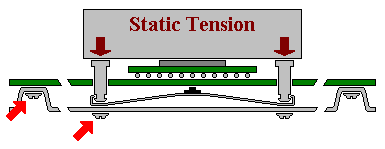
The key to fixing the 360 heat sink mounting scheme is to give it truly dynamic tension like that of the PC heat sink. To do this, we must free the 360 heat sink from the metal chassis. This is done simply by drilling out the screw holes in the metal chassis beneath the heat sink to prevent it from making contact with the x-clamp.
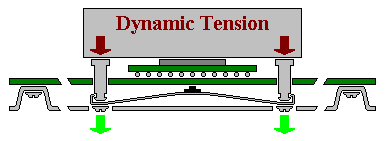
With this modification the 360 heat sink can self adjust according to heat and part irregularities rather than being held in a fixed position which will most likely not provide the proper tension necessary for efficient contact with the processor.
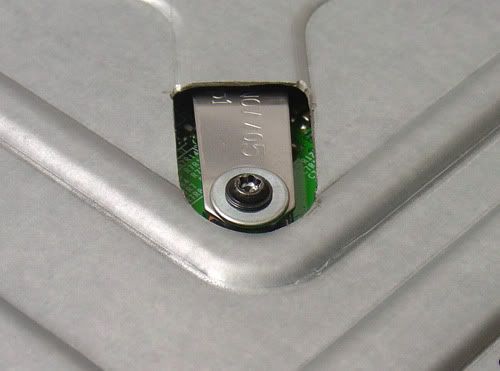
(Photo of one of the modified chassis areas. After the chassis modification, each screw must be reinforced with a washer to keep the x-clamp from popping off of the bare screw heads.)
Poor Ventilation
Well, we've covered the mechanical issues. What about the ventilation issues? The 360 has two "exhaust" fans. This means that rather than "blowing" air across an area, you are "pulling" it across. Well, much like the exhaust that comes out of your car, that air had to come from somewhere, right? In your car, air comes from the engine's "air intake."

In the 360, air comes from various vents in the system case. The picture below labels the intake vents.

- Small vent that is less than 1/4 of the length of the system (HDD covers the rest)
- Entire side is vented
- Two vent strips leading to the core of the system
- Two vent strips leading to the bottom of the motherboard
Many people forget that this machine is essentially a gaming PC. Any of you in that scene know how much air flow you need to adequately cool a gaming PC. The 360 clearly needs all the help it can get. Considering that side B makes up about 50% of the system's air intake, blocking that side by standing the console vertically is a glaringly bad practice.

You need to ensure ambient air flow around the whole unit. Never run it anywhere it "just fits." This is not a Nintendo product. Check out the section of your
User Manual aptly titled, "Prevent the Console from Overheating":
"Do not place the console or powersupply in a confined space, such as a bookcase, rack, or stereo cabinet, unless the space is well ventilated."
A Few Final Thoughts
1.)
One person has voiced concern regarding the integrity of the stock x-clamps because after removing them from their system they were able to mutilate them. I will not go on a metallurgical rant, but suffice it to say that there are many different flavors of spring steel with varying elastic limits (which said person clearly exceeded). While installed, the x-clamp arms are limited to about 1 - 1.5mm of vertical travel. To get the heat sinks (and therefore the clamps) to move that much you'd basically have to drop the console from a considerable height (probably 12" +). Not only are the clamps well capable of handling such movement, but they are capable of handling it many times.
The individual did get the part about needing more force for the "x-clamp fix" than the x-clamps can provide themselves. Ever wonder why some systems don't last after such a "fix?" You are mashing 4 layers (GPU/CPU, GPU/CPU PCB, solder balls, and motherboard) together and in the process causing immense stress on all parts involved. It's only a matter of time before traces crack or any number of other failures.
2.) Being as the XBOX 360 does not boast an evaporative cooling system, you are actually going to need a reasonable ambient air temperature for the system fans to do their job.
Microsoft specifies an operating temperature of 5°C to 35°C (41°F to 95°F). Based on what we've seen of this system's tendency to overheat, I'm going to say that 35°C (95°F) is truly 35°C (95°F). In other words, if you are running your system with an ambient temperature of 35°C (95°F) or higher, even after following the steps in this article, your XBOX 360 may still be in danger.
Further Reading
You may scoff at this, but read your User Manual. The XBOX 360 has proven to be a delicate flower, so care for it accordingly:
Manuals
After all the (quite painful) internet reading I've done on this subject, I found one (1) article worth reading. It is an interview with "an individual who has worked on the Xbox 360 project for many years." The interview is not focused on preventative measures, it merely illustrates, in gross detail, why this system has had such a horrible failure rate:
Interview
(Note: the interviewee and I seem to disagree on the whole vertical vs. horizontal issue. He makes the point that vertically, the system has more exposed surface area to cool, to which I respond: A.) the D panel is an indirect heat sink, at best, and B.) at the cost of the coveted ventilation of the B panel? And he was wrong about it opening more vent holes, although it does let the bottom of the motherboard breath a bit better.)



